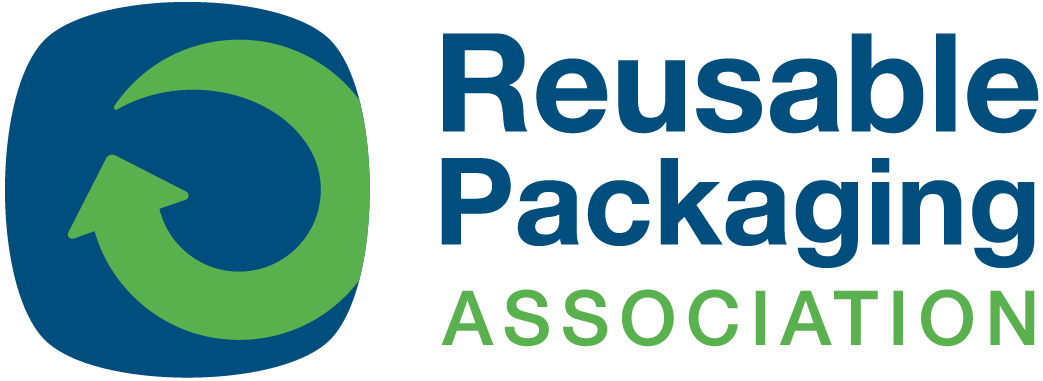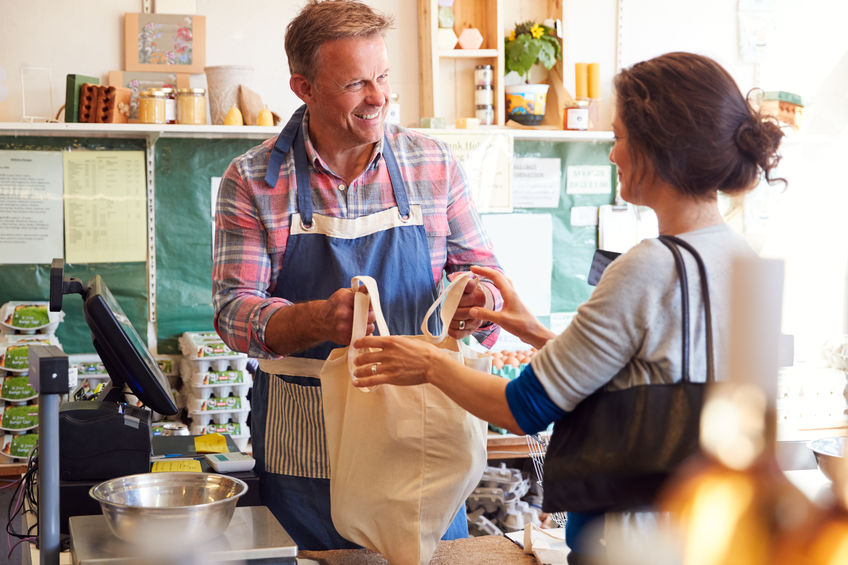Among the many changes by both public and private sectors aimed at curbing the spread of the novel coronavirus (COVID-19) has been the recent temporary discontinuance of reusable consumer shopping bags. Government entities and retailers which had previously banned single-use grocery bags have now suspended or delayed these policies due to concerns about reusable shopping bags’ potential to carry the virus. During this unprecedented health crisis in which we find ourselves with more questions than answers, many precautions are – understandably – being taken even without evidence to support their efficacy.
Based on current knowledge of the transmission of COVID-19, its spread is more likely to occur in a retail environment via shoppers’ clothing than reusable shopping bags. Proximity and time of exposure to the respiratory virus particles are critical risk factors, and worn clothing presents a higher risk profile for these factors than does brief handling of a reusable bag. Contact risk is further aggravated with clothing when hygiene etiquette includes coughing or sneezing “into your upper sleeve” as an alternative to a tissue.
At some point we will exit the coronavirus period and begin to normalize our policies. Then it will be paramount that we once again view the reuse of shopping bags, and any other packaging product, through the lens of fact-based decision making: reuse is the preferred, time-tested action that delivers sustainable environmental, social and economic value compared to single-use recycling and landfilling.
What will be different in the post-COVID-19 world is an opportunity to improve the reusable bag experience, creating an even better model of reuse that increases performance and value by answering the hygiene question when reusable products move outside of a controlled system, such as personal shopping bags, cups, straws, utensils and food packaging. We know that commercial applications of reuse, such as with reusable transport packaging or restaurant tableware, can meet the highest standard of safety for food contact. If personal product hygiene brought into a public food space is now a concern, it can be addressed through design, innovation and continuous system improvement. Optimizing the reusable shopping bag program for even better outcomes will not be the only advancement made as a result of lessons learned during this unfortunate time.
Examples of improvement areas could be the reusable shopping bag design and material that facilitate its cleaning, whether in a home washing machine or by wiping or spraying it with a household sanitizer. Maybe the bag can include a small pocket where sanitizing wipes can be stored (co-marketing opportunity?) Also, as many grocery stores have offered hand sanitizer and wipe stations at entries well before this virus, shoppers can be encouraged to extend sanitizer use to the reusable bag. Or perhaps a small pass-through machine can be developed and deployed at stores and food establishments where shoppers can place their reusable items for quick and effective disinfecting onsite. The hallmark properties of reuse – durability and waste reduction – can provide a return on investments made, from environmental and cost savings to consumer satisfaction benefits.
The transformation from single use to reuse, from waste management to waste prevention, from linear to circular, and from disposability to durability is widely recognized today as a superior approach to sustainability with great economic growth potential. Adopting or adjusting a reusable shopping bag system is no different. In this case, COVID-19 has revealed an opportunity to improve consumer reuse systems to bring greater confidence in hygiene. This would enhance the consumer reuse program today and prepare for tomorrow, preventing future concerns and disruptions in local food uses if similar situations should occur again.
– – – – –
Tim Debus
President & CEO
Reusable Packaging Association

